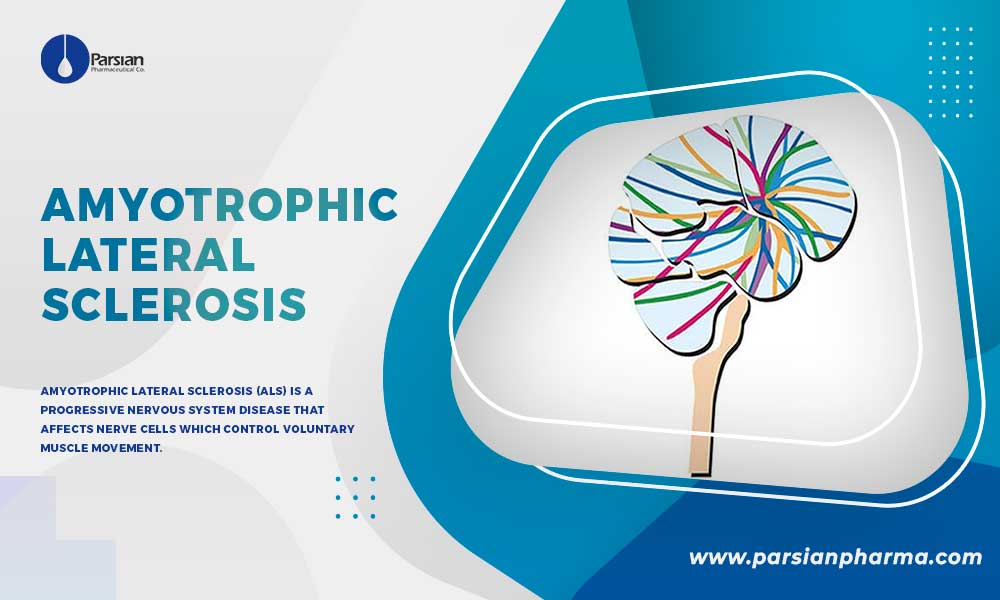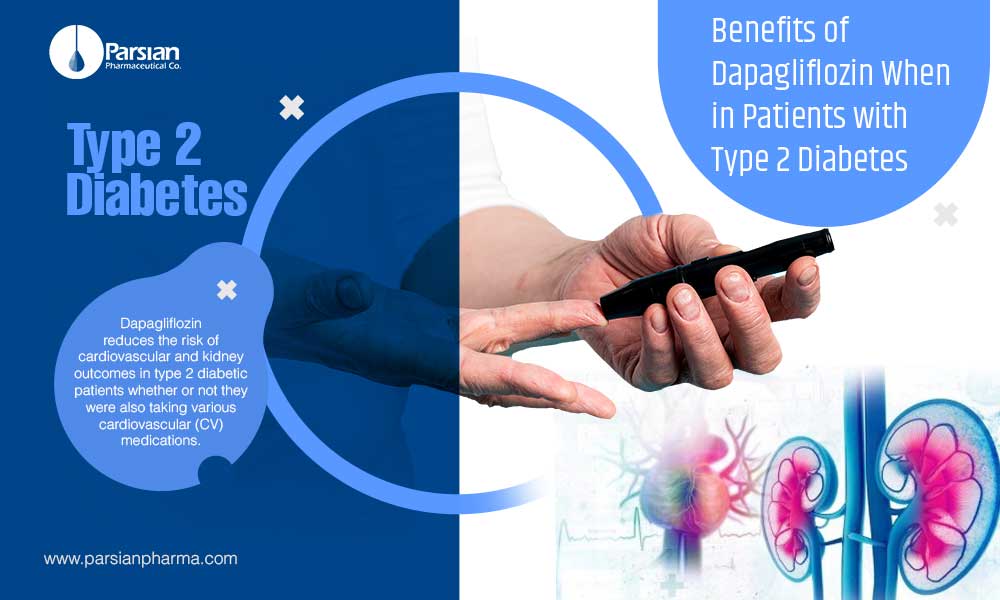Quick Review over Graft-versus-Host Disease (GvHD)
Introduction:
Graft-versus-Host Disease (GvHD) is a common complication because of a transplantation using donor; this complication occurs when the donor’s immune system (the graft) recognizes the patient’s organs and tissues (the host) as unfamiliar cells that should be destroyed. This complication is triggered by a type of white blood cell called T-cells, these type of cells’ role is to protect the body against infection and fight cancer.
About 20 to 50 percent of patients transplanted with donor cells develop GvHD after transplant, which is higher in: older patients, patients who were transplanted with cells from an unrelated donor, and Patients transplanted with peripheral blood stem cells, rather than bone marrow or cord blood.
Patients may develop GvHD within the first year after transplant, however it can also be developed months or years later. Most GvHD patients are associated with mild to moderate type of complication and resolve over time, however sometimes it can be more severe and also life-threatening.
Types of Graft-versus-Host Disease (GvHD):
Graft-versus-Host Disease (GvHD) has two forms: acute GvHD and chronic GvHD, Patients may develop one, both or neither. Each one can affect organs and tissues differently. Although acute and chronic GvHD usually occur during different time periods after transplant, it is possible to have both at the same time.
Acute type
About 30 to 40 percent of patients who are transplanted with cells from a related donor develop acute GvHD, but this percentage can be higher up to 50 percent in patients who are transplanted with cells from an unrelated donor; this means that the risk of developing acute GvHD is higher in patients who were transplanted with an unrelated or mismatched donor.
Acute type can be developed within the first three months following transplant, although it can also be developed later.
Some factors that can increase the risk of developing acute GvHD is: total body irradiation before transplant, a female donor for a male patient, and the type of drugs used to prevent acute GvHD.
Preventing Acute GvHD
To reduce the risk of developing acute GvHD, patients are usually given some immunosuppressant medication at the day of transplant or two before transplant. Through this approach the immune system get suppressed, and make it more difficult for the donor’s cells to attack the organs and tissues.
Sometimes, the T-cells that are associated with GvHD got removed prior to transplant, this procedure is called T-cell depletion; although trough this approach the risk of developing GvHD is decreased, the risk of relapse or infection in some patients is increased.
Treatment for Acute GvHD
Most of the time the treatment choices is based on the immunosuppressant.
Chronic Graft-versus-Host Disease (cGVHD)
Chronic graft-versus-host disease (cGVHD) is a complication that can be developed in approximately 50 percent of patients who are transplanted with stem cells from a donor, it cannot be seen in patients who were transplanted with their own stem cells.
Chronic GvHD is different than acute type, it usually develops later and can affect more organs and tissues. In most cases of chronic GvHD, the symptoms are mild to moderate; however, 10-15 percent of patients develop symptoms that are more severe.
Some factors that can increase the risk of developing chronic GvHD is: previously affecting by acute GvHD, getting old, transplant with an unrelated or mismatched donor, transplant with stem cells collected from the bloodstream rather than bone marrow or cord blood, and a female donor for a male patient especially if the female donor had previously borne children.
How is Chronic GvHD Treated?
Choosing the treatment approach is based on which organs and tissues are affected, the severity of the symptoms, and the impact of chronic GvHD on daily life.
In patients who only one or two organs or tissues are affected, physicians may choose a localized therapy, like a topical ointment, to manage the disease.
But if, many different parts of the body are affected or associated symptoms are severe and cannot be managed by topical therapy, the physicians may determine the need for starting immunosuppressant therapy.
And in the next line if the disease doesn’t respond to these drugs, the physicians may prescribed the other type of drugs, like: ibrutinib, methotrexate, mycophenolate mofetil, sirolimus, extracorporeal photopheresis, and low-dose interleukin-2.
Chronic GvHD patients usually need to be treated for 3 to 5 years; and about 15 percent need to be treated for a longer period of time and, in rare cases, may need life-long immunosuppressive medications. Stopping the medication too early can lead to flare up the disease or makes it worsen.
Ibrutinib indication in chronic graft versus host disease:
The U.S. Food and Drug Administration has expanded the approval of ibrutinib for the treatment of adult patients with chronic graft versus host disease, after failure of one or more treatments. This is the first drug which has been FDA-approved for the treatment of cGvHD.
You can also read out more about the other indications of Ibrutinib in Parsian Pharmaceutical Co‘s recent articles: highlights
related product :
References:











